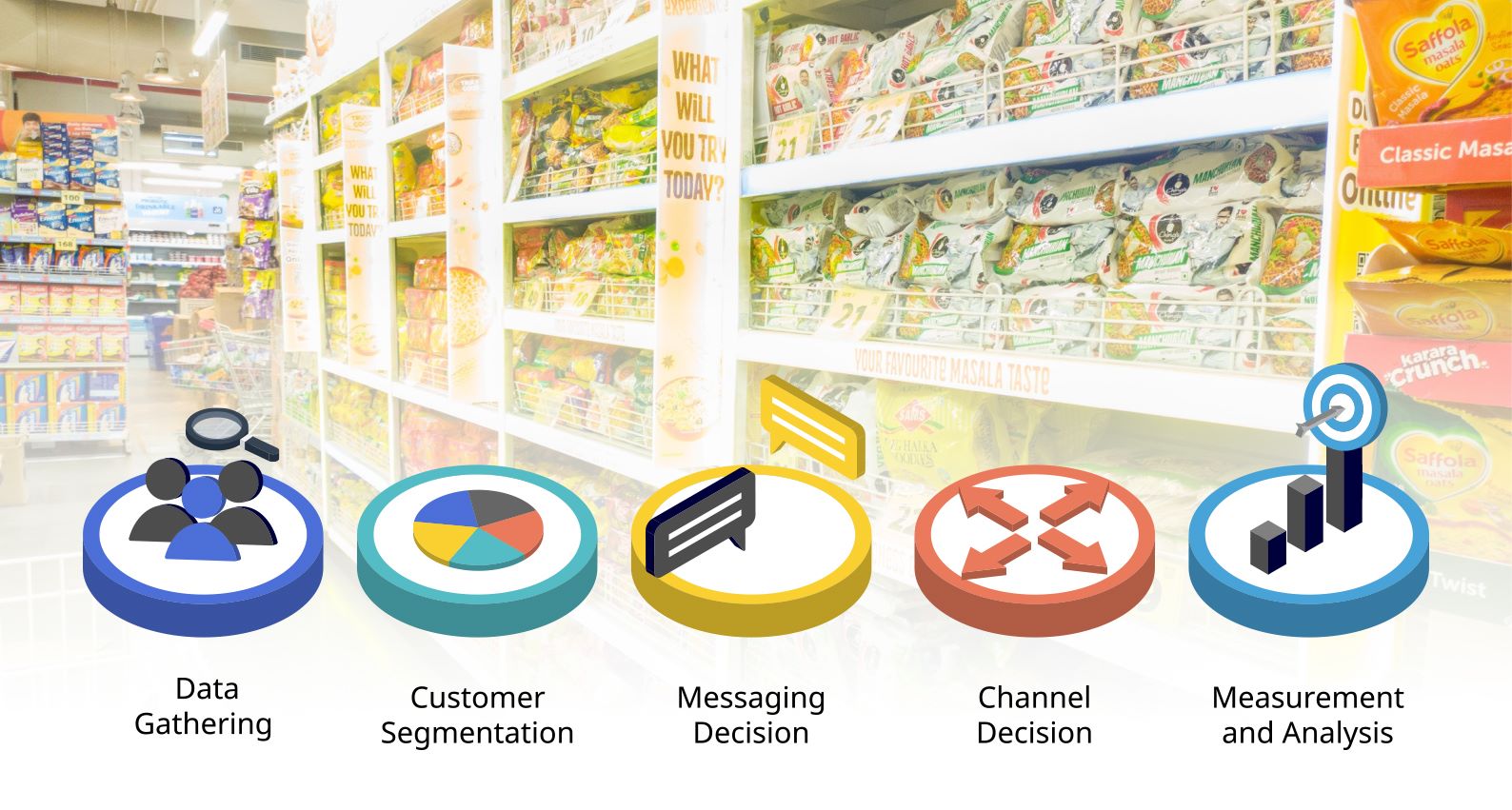
In the lively but crowded realm of modern marketing, one term stands out among the plethora of strategies – hyperpersonalization. This isn't merely an evolution – it’s a revolution. It is fundamentally altering the way brands and consumers interact. The days of generic advertising are numbered, replaced by demand for personalized experiences that fulfil individualistic tastes and needs. Hyperpersonalization, driven by the synergy of cutting-edge technology and sophisticated data analytics, is driving bespoke marketing strategies today.
In this article, we delve into the nuances of hyperpersonalization, examine its profound impact on consumer engagement, the technological infrastructure required to support it, and the ethical considerations underscoring its implementation.
The Essence of HyperpersonalizationAt its core, hyperpersonalization differs from traditional marketing segmentation. Rather than categorizing consumers into broad demographic groups, it seeks to understand the individual’s idiosyncrasies, preferences, and habits. This level of personalization is made possible by looking at the vast pool of consumer data, ranging from online behaviors and purchase history to social media interactions.
Enhanced Customer EngagementThe primary allure of hyperpersonalization lies in its transformative impact on customer engagement. Imagine a marketing strategy that serves content, product recommendations, and promotions tailored precisely to your liking. No longer drowning in a sea of generic ads, consumers find themselves at the center of a dynamic, two-way conversation with brands.
We can see e-commerce platforms navigate the hyperpersonalization landscape by recommending products based on users’ browsing and purchase history. A small case in point – if you have ever browsed for running shoes online and suddenly found your web pages besieged by a curated selection of the latest sneakers in your preferred colors and styles, that is hyperpersonalization at work. The algorithm sifts through your previous selections, tracks your preferences and then presents you a selection that seems tailor-made for you.
Similarly, streaming services use algorithms to curate watchlists aligned with a viewer’s past choices. For example, if you are an avid crime documentary enthusiast, your home screen might feature the latest gripping murder mysteries rather than trending romantic comedies. Hyperpersonalization is the magic wand that turns marketing from a monologue into a captivating dialogue, leaving a lasting impression on the consumer.
Let’s take a look at 2 scenarios that help us understand the benefits of hyperpersonalized marketing strategies.The backbone of hyperpersonalization is the symbiotic relationship between cutting-edge technology and robust data analytics. Picture this: machine learning algorithms, artificial intelligence, and big data processing working in harmony to sift through colossal datasets. Their mission? Identifying the intricate patterns and trends that form the bedrock of personalized marketing strategies. This is not just tech jargon – it is the wizardry transforming dull data into marketing gold.
Challenges of HyperpersonalizationHowever, hyperpersonalization is not void of challenges. Chief among these is the specter of privacy invasion. As businesses accumulate vast troves of personal data, there arise questions of ethical usage and consumer privacy. Striking a balance between providing personalized experiences and respecting users’ privacy is a complex task that mandates nuanced considerations.
Furthermore, there is a potential pitfall of over-reliance on algorithms, where the human touch in marketing could be overshadowed. Automated processes driven solely by data-driven insights risk creating a disconnect between brands and consumers. In this hyperpersonalized world, balancing between technological precision and the emotional resonance of marketing is critical.
Ethical ConsiderationsEthics take center-stage in hyperpersonalization, especially in an era dominated by data breaches and heightened privacy concerns. Transparency becomes the touchstone, requiring marketers to disclose their data-collection practices, secure user consent they have obtained, and fortify their digital fortresses against potential breaches. Respecting user preferences, offering control over data, and providing options for deletion become non-negotiable in the ethical dance of hyperpersonalization.
ConclusionIn the grand tapestry of marketing, hyperpersonalization emerges as the linchpin for a new era of consumer engagement. For the digitally discerning millennial, it is the secret ingredient that transforms marketing into a personalized playground. By riding the technological wave and harnessing the power of data analytics, businesses can craft strategies that are not only eye-catching but also make consumers feel heard and understood.
In navigating this new world of hyperpersonalization, it is paramount to maintain the equilibrium between customization and privacy concerns. This balance is the key to building trust and forging lasting connections in an ever-evolving marketing landscape. In a world where individuality reigns supreme, hyperpersonalization stands as the compass guiding brands towards a future where consumers are not just targets but active participants in the marketing conversation. Welcome to the revolution!
Superlative responsiveness and creativity. The professionals with whom we have worked have been significantly responsive.